Alternate Angles




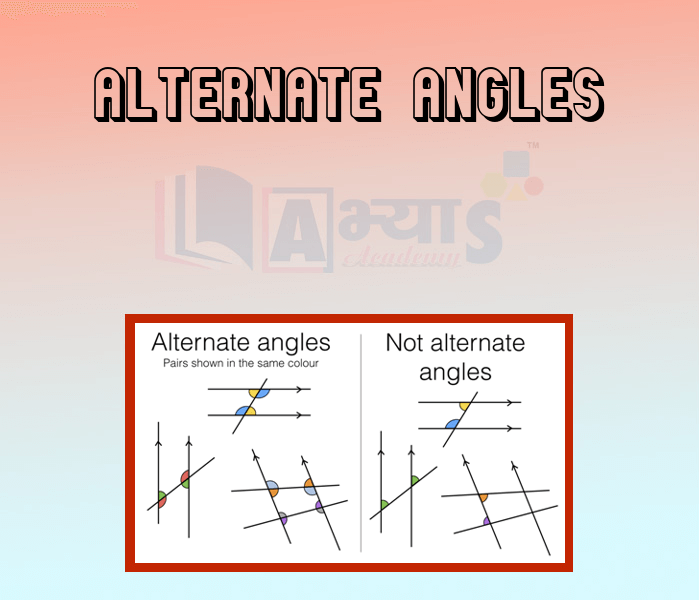
Alternate Angles
|
Two angles, formed when a line crosses two other lines, that lie on opposite sides of the transversal line and on opposite relative sides of the other lines. If the two lines crossed are parallel, the alternate angles are equal. Alternate interior angles: Alternate interior angles are the pair of angles lying in the region between the two lines (intersected by a transversal) and on the opposite sides of the transversal but one below the transversal and the other above the transversal. In the adjoining figure
|
|
Illustration: Find the angle which is alternate to :
Solution:
|
Illustration: In the given figure m || n and Solution: Let the common factor be x |
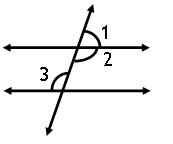 |
Illustration: In the given figure, PQ and RS are two mirrors placed parallel to each other . An incident ray AB strikes the mirror PQ at B, the reflected ray moves along the path and strikes the mirror RS at C and again reflects back along CD. Prove that AB || CD.
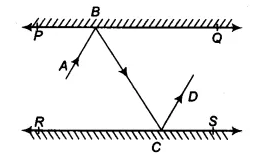
Solution:
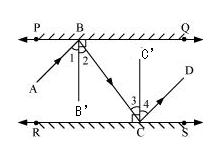
| |||
| Right Option : D | |||
| View Explanation | |||
If l || m, then x will be _________________
| |||
| Right Option : A | |||
| View Explanation | |||
Which are alternate angles in the following diagram
| |||
| Right Option : D | |||
| View Explanation | |||
Students / Parents Reviews [10]
A marvelous experience with Abhyas. I am glad to share that my ward has achieved more than enough at the Ambala ABHYAS centre. Years have passed on and more and more he has gained. May the centre flourish and develop day by day by the grace of God.

Archit Segal
7thMy experience with Abhyas academy is very good. I did not think that my every subject coming here will be so strong. The main thing is that the online tests had made me learn here more things.

Hiya Gupta
8thAbout Abhyas metholodology the teachers are very nice and hardworking toward students.The Centre Head Mrs Anu Sethi is also a brilliant teacher.Abhyas has taught me how to overcome problems and has always taken my doubts and suppoeted me.

Shreya Shrivastava
8thIt has a great methodology. Students here can get analysis to their test quickly.We can learn easily through PPTs and the testing methods are good. We know that where we have to practice

Barkha Arora
10thMy experience was very good with Abhyas academy. I am studying here from 6th class and I am satisfied by its results in my life. I improved a lot here ahead of school syllabus.

Ayan Ghosh
8thBeing a parent, I saw my daughter improvement in her studies by seeing a good result in all day to day compititive exam TMO, NSO, IEO etc and as well as studies. I have got a fruitful result from my daughter.

Prisha Gupta
8thI have spent a wonderful time in Abhyas academy. It has made my reasoning more apt, English more stronger and Maths an interesting subject for me. It has given me a habbit of self studying

Yatharthi Sharma
10thAbhyas is a complete education Institute. Here extreme care is taken by teacher with the help of regular exam. Extra classes also conducted by the institute, if the student is weak.

Om Umang
10thIt was good as the experience because as we had come here we had been improved in a such envirnment created here.Extra is taught which is beneficial for future.

Eshan Arora
8thOne of the best institutes to develope a child interest in studies.Provides SST and English knowledge also unlike other institutes. Teachers are co operative and friendly online tests andPPT develope practical knowledge also.


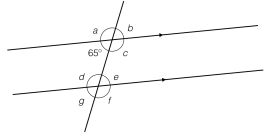 Find the alternate angle to a:
Find the alternate angle to a:
